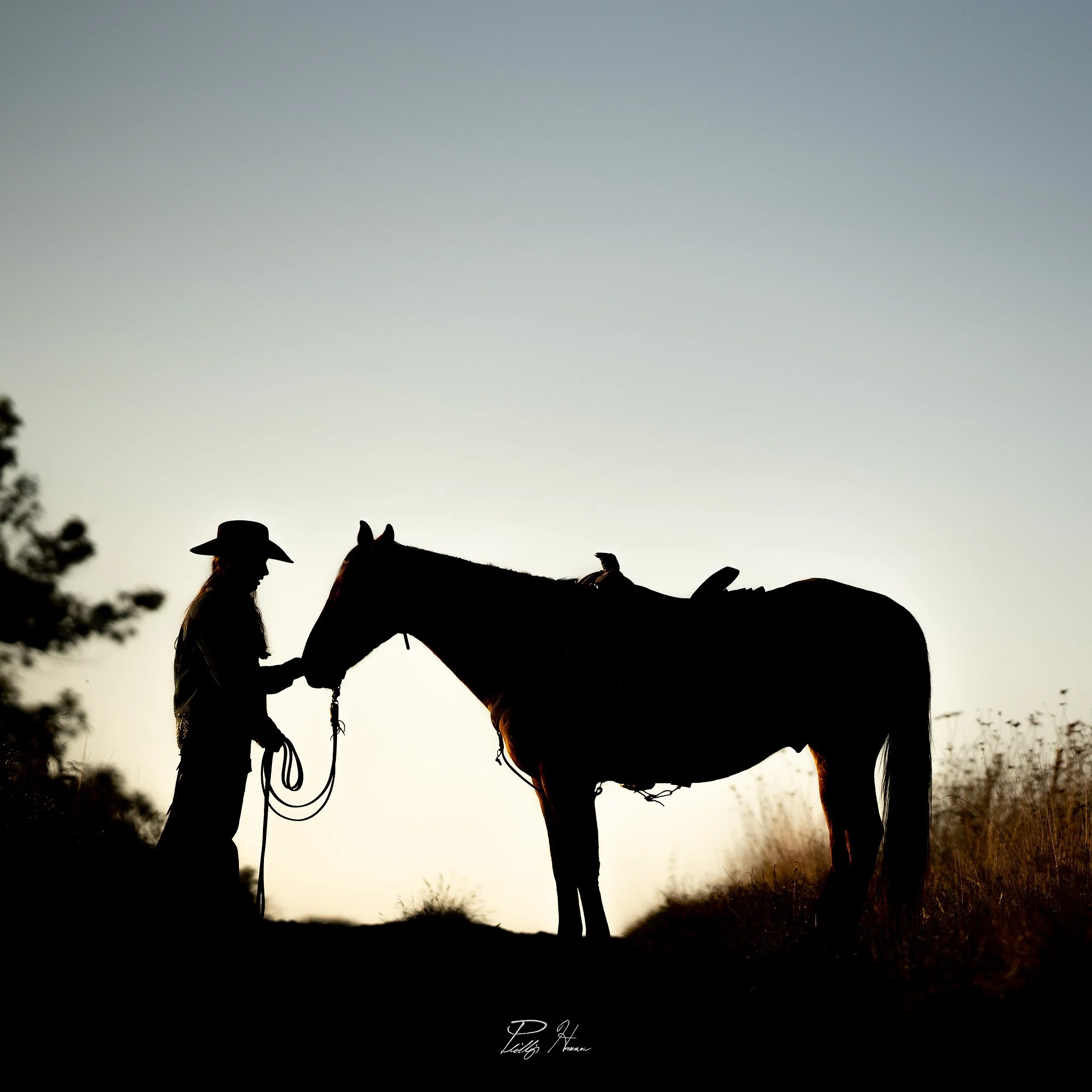Unlocking Inspiration: How to Find Creative Sparks in Everyday Photography
By: Phillip Haumesser
Inspiration in photography can feel like a fickle friend—one day it's overflowing, the next it's vanished without a trace. But what if the secret isn't chasing grand adventures or buying new gear? What if it's about retraining your eye to see the extraordinary in the ordinary? In this post, we'll explore why inspiration ebbs and flows, strategies to hunt it down in daily life, and practical exercises to keep your creative fire burning. Whether you're a hobbyist snapping phone pics or a pro building a portfolio, these insights will help you turn routine moments into photographic gold.
The Nature of Inspiration: Why It Hides and How It Reveals Itself
Inspiration isn't a constant stream; it's more like a tide that comes and goes. Psychologically, it's tied to curiosity and novelty—our brains light up when we encounter something new or unexpected. But in a world bombarded by images (thanks, social media), it's easy to feel numb. The irony? The more we scroll for "inspo," the less original our work becomes.
From my experience, true inspiration strikes when you least force it. Early on, I chased epic landscapes, thinking that's where the magic lived. But burnout hit hard. Then, during a mundane walk, I noticed how raindrops distorted reflections on a car window—boom, a whole series on urban abstractions was born. The lesson? Inspiration thrives in observation, not orchestration. Question: What if your next big idea is right under your nose, waiting for you to notice?
Everyday Sources of Inspiration: Rediscovering the Familiar
The beauty of photography is its accessibility—your next muse could be in your backyard or on your commute. Here's how to tap into the everyday:
Observe Light in Motion: Light changes everything, and it's free. Watch how morning sun filters through blinds, creating patterns on walls, or how streetlights cast eerie glows at dusk. Challenge yourself to shoot the same scene at different times—note how the mood shifts from serene to dramatic.
Embrace the Mundane Object: Pick something ordinary—a spoon, a doorknob, a leaf—and explore it deeply. Macro lenses (or phone close-ups) reveal textures and details you overlook. This forces you to think abstractly: What story does this object tell? Isolation? Decay? Resilience?
People-Watch with Purpose: Humans are endless inspiration. On a bus or in a cafe, capture candid gestures—a hand mid-gesture, a fleeting smile. Ethically, of course—blur faces if needed. This hones your timing and empathy, turning strangers into silent narratives.
Seasonal Shifts and Weather Whims: Nature's cycles offer built-in variety. A foggy morning might inspire moody minimalism; a sunny afternoon, vibrant colors. Even bad weather—rain-slicked streets or snow-dusted cars—adds texture and atmosphere.
Cross-Pollinate Interests: Draw from non-photography hobbies. Love cooking? Shoot food prep with dramatic shadows. Into music? Capture how sound waves "look" through vibrating strings. This fusion keeps your work unique.
The key is mindfulness—slow down, question assumptions. Why does that shadow bend that way? What emotion does this color evoke? It's like detective work for your creativity.
Strategies to Overcome Creative Blocks
Blocks happen to everyone. Here's how to bust through:
Daily Rituals: Set a "photo walk" routine—15 minutes a day, no expectations. Leave your pro camera; use your phone to remove pressure. The goal: One shot that surprises you.
Theme Challenges: Assign yourself weekly themes like "reflections" or "symmetry in chaos." This narrows focus, sparking innovation within limits.
Collaborate or Critique: Share unfinished work with a friend or online group. Fresh eyes spot potentials you miss. Or study masters—analyze why Ansel Adams' landscapes feel timeless.
Sensory Expansion: Engage other senses. Listen to a podcast while shooting; the narrative might influence your framing. Or blindfold yourself briefly to heighten touch, then photograph textures.
Digital Detox: Step away from screens. Read a non-photography book or journal freehand. Ideas often bubble up in quiet.
Remember, blocks are signals to pivot, not stop. What if your drought is just a setup for a flood of ideas?
Practical Exercises to Spark Inspiration
Put theory into action with these:
The 10-Shot Drill: Choose one spot (your room, a park bench). Take 10 photos without moving much—vary angles, focus, light play. Review: Which surprises you most?
Reverse Engineering: Pick a favorite photo (yours or another's). Dissect it: What elements inspire? Recreate with a twist using everyday items.
Random Prompt Generator: Write prompts on slips ("blue hour urban," "self-portrait in motion"). Draw one daily and shoot it, no excuses.
Mood Board Mashup: Collect non-photo inspirations—magazine clippings, song lyrics. Use them to theme a shoot.
Failure Fest: Intentionally "mess up"—overexpose, blur, crop oddly. Edit the results; flaws often birth fresh concepts.
These build habits, turning inspiration from rare visitor to constant companion.
The Philosophical Side: Inspiration as a Mirror
Here's where it gets thought-provoking: Inspiration isn't just external; it's a reflection of your inner state. If you're stressed, the world looks dull; if curious, it bursts with potential. Photography becomes a tool for self-discovery—each shot reveals not just the subject, but your perspective. What if chasing inspiration is really about nurturing your own wonder? In a fast-paced world, slowing to notice fosters gratitude and depth.
Common Pitfalls and How to Avoid Them
Comparison Trap: Social media kills creativity. Counter: Limit scrolls; focus on personal growth.
Gear Obsession: New toys distract from seeing. Fix: Shoot with limits—one lens, manual mode.
Overthinking: Analysis paralysis strikes. Solution: Shoot first, judge later.
Routine Rut: Same subjects bore. Break: Explore new neighborhoods or times.
Wrapping It Up
Inspiration isn't elusive—it's everywhere, waiting for your attentive eye. By observing the everyday, challenging blocks, and practicing purposefully, you'll keep your photography fresh and fulfilling. The real magic? It spills into life, making you more present and perceptive.
Grab your camera (or phone), step out, and let the ordinary astonish you!
~Phillip
Ready to Reignite Your Inspiration?
Inspiration can fade, but with the right tools, you can keep it flowing. In my Online Photography Academy, dive into over 100 video tutorials on finding creative sparks, from daily exercises to advanced techniques, plus a Q&A where I tackle your questions head-on. Let's turn those creative ruts into endless ideas—join today and fuel your photography journey!

